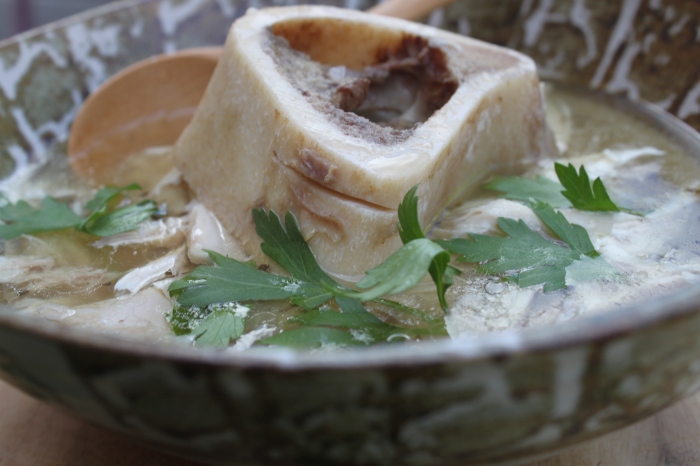Imagine that in 400 years historians find your collection of hand-written recipes with no information about you other than your name and maybe a date. How much would they be able to say about you and your life?
This is the problem faced by scholars of early-modern manuscript cookbooks and, perhaps surprisingly, the answer is quite a lot. Even if they can’t identify the person or family the recipes are related to, they can use clues from the dialect, handwriting and recipes themselves to infer when and where a book was written and information about the contributors.
Still, there’s something very satisfying when you’re able to link a recipe book (or receipt book as they’re also called) to an individual person. Or persons: these books were often compiled by multiple generations of owners.

Front endleaf of Folger Va 619 with Margaret Baker’s signature at the top of the right-hand page. Creative Commons Attribution-ShareAlike 4.0 International License (CC BY-SA 4.0).
Several years ago, doing one of the Early Modern Recipe Online Collective transcribathons I was inspired to go looking for a seventeenth-century woman called Margaret Baker. There are three recipe books associated with her: two in the British Library and one in the Folger Shakespeare Library. Two of them are signed, two of them have dates and all included recipes attributed to friends and family members in the same way that we might write down Granny’s vegetable soup recipe, or Uncle Steve’s pasta bake.
Never one to turn down a genealogical puzzle, I started building out the family tree from two known individuals to find Margaret Baker and the results of this project have just been published in ABO: Interactive Journal for Women in the Arts. The article is open access, so anyone can download it for free.
To celebrate, I wanted to make some recipes from the books that I have now spent so much (virtual) time with. While I had a lot of respect for Baker as an educated woman who was interested in medicine and surgery and the world around her, making her recipes has given me a whole new appreciation for her skill as a cook!
The Recipes

fol 37v/38r from Folger Va 619, showing recipe for Lombart Pye on the middle of the left page. Creative Commons Attribution-ShareAlike 4.0 International License (CC BY-SA 4.0).
The first recipe I made is a recipe for ‘Lombart Pye’ from Folger V.a. 619. Lombard, or lumber, pies are often included in 17th century cookbooks and are distinctive because they’re filled with round things, normally spiced balls of minced fish or meat as in the recipes from Robert May’s Accomplisht Cook (1660) below. Lumber pies could also be highly decorative and made into complex shapes (check out Ivan Day’s website to see a selection of suggested shapes).
To make a Lumber-Pie.
Take some grated bread, and beef-suet cut into bits like great dice, and some cloves and mace, then some veal or capon minced small with beef-suet, sweet herbs, salt, sugar, the yolks of six eggs boil’d hard and cut in quarters, put them to the other ingredients, with some barberries, some yolks of raw eggs, and a little cream, work up all together and put it in the cauls of veal like little sausages; then bake them in a dish, and being half baked, have a pie made and dried in the oven; put these puddings into it with some butter, verjuyce, sugar, some dates on them, large mace, grapes, or barberries, and marrow; being baked, serve it with a cut cover on it, and scrape sugar on it.
Otherways.
Take some minc’t meat of chewits of veal, and put to it some three or four raw eggs, make it into balls, then put them in a pye fitted for them according to this form, first lay in the balls, then lay on them some slic’t dates, large mace, marrow, and butter; close it up and bake it, being baked, liquor it with verjuyce, sugar, and butter, then ice it, and serve it up.To make a Lumber Pye of Salmon.
Mince a rand, jole, or tail with a good fat fresh eel seasoned in all points as beforesaid, put five or six yolks of eggs to it with one or two whites, make it into balls or rouls, with some hard eggs in quarters, put some butter in the pye, lay on the rouls, and on them large mace, dates in halves, slic’t lemon, grapes, or barberries, & butter, close it up, bake it, and ice it; being baked, cut up the cover, fry some sage-leaves in batter, in clarified butter, and stick them in the rouls, cut the cover, and lay it on the plate about the pie, or mingle it with an eel cut into dice work, liquor it with verjuyce, sugar, and butter.
The Baker recipe is unusual however, because instead of combining meat-balls or small puddings with lots of spices and dried fruit, it is made from a much simpler mixture of apples and chicken. Shredded roast chicken is mixed with nutmeg, salt and pepper before being stuffed into cored apples and then put into a pie case. During cooking the apples kind of explode, creating a delicious kind of apple sauce inside the pie.
The pastry recipe comes from another one of the Baker manuscripts (MS Sloane 2485) which has most of the culinary recipes. I had to reduce it a lot (hence the 1/3 egg) because Baker was collecting recipes for an entire household which would have included immediate and extended family as well as servants and visitors. It worked well, although the pastry is a bit on the tough side.
To make two sorts of crust;
Take a quart of flower & creake into itt a pound of sweet butter in little bitts; sture itt together; make a hole in ye mides breake in to itt :2: eggs; & as much water as will wett itt in to a could paist worke it well butt not to much devide itt almost in halfe; ye lesser halfe rowle out but not thinn butt thinner then the lidd yn butter a dish & lay it on yn place in itt what you like & couer it with ye thick lidd if you would haue it puffe past wett ye flower only wth ye eggs & water & rowle itt out thinn & sticke it full of peeces of butter yn toble itt & rowle itt out againe and butter itt; & soe many duble as you would haue itt; Soe many times rowle it out with butter,
While I made a pretty rustic version, you could make this fancier by choosing a more complex pie shape or making a separate cut pastry lid for the pie (again, see Ivan Day’s examples). Another twist would be to wrap each apple in pastry separately to make individual servings.
Overall, this is a very simple to make recipe with some leftover chicken but gives a very interesting result that can be served cold, warm, or hot. My taste-tester and I both agreed this was a success and I’ll definitely be making it again.

The Redaction
Margaret Baker’s Lumber Pie
1 roast/boiled chicken breast or thigh
2-4 apples, peeled and cored (try to choose smaller apples which are even in size, I used Granny Smiths which are not historically accurate but give a lovely acidity)
Nutmeg, freshly grated
Salt and pepper
For the pastry (substitute with hot water crust pastry to make a free-standing pie, or you could use purchased shortcrust pastry if you don’t want to make your own)
250g plain flour
75g salted butter, cubed
1/3 egg
Cold water
1. Heat the oven to 180. To make the pastry place the flour in a bowl and rub in the cold butter with your fingertips until it is like fine breadcrumbs. Add the egg and enough cold water to bring it together. Be careful not to over-work the dough. Roll it into a ball and refrigerate while you make the filling.
2. Shred the chicken into a bowl and season with salt, pepper and nutmeg. Stir to combine. Take the peeled and cored apples and fill the cavity in the middle with as much chicken as you can.
3. Roll out 2/3 of the pastry on a lightly floured board into a circle large enough to cover the base and sides of a 9 inch, tall, loose-bottomed cake tin. Lightly grease the tin, then line it with the pastry. Fill with the stuffed apples, placing any extra chicken mixture in the gaps between the apples.
4. Roll out the rest of the pastry to make a lid, place it on top and crimp the edges. Any excess pastry can be made into decorations. Brush the top of the cake with some beaten egg or milk, then bake for about 40 minutes or until the pastry is golden.

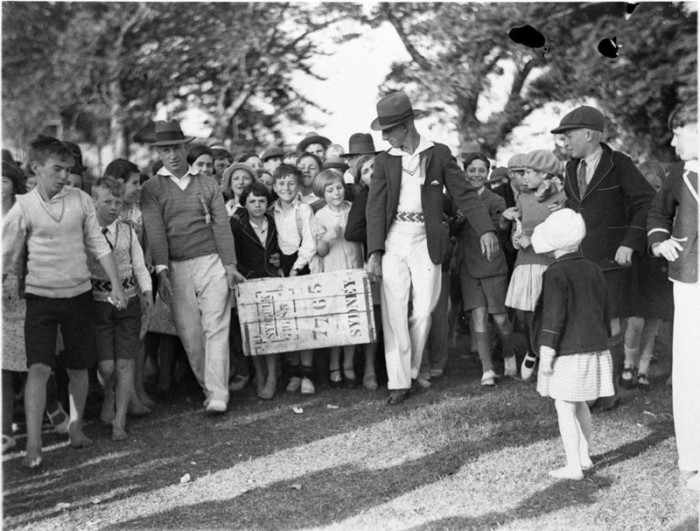

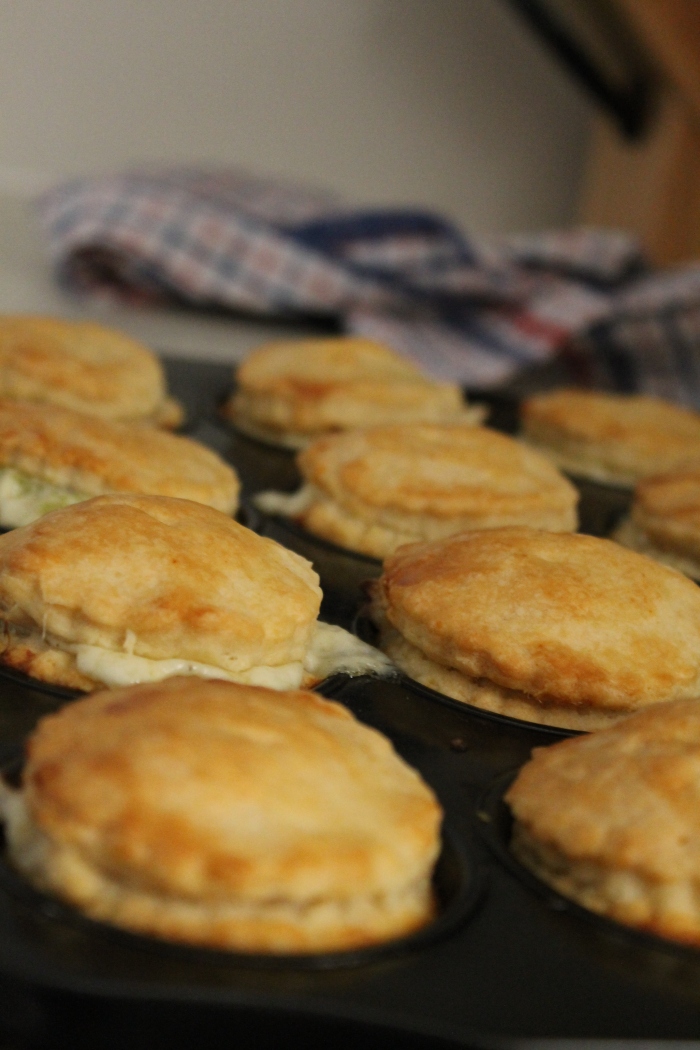
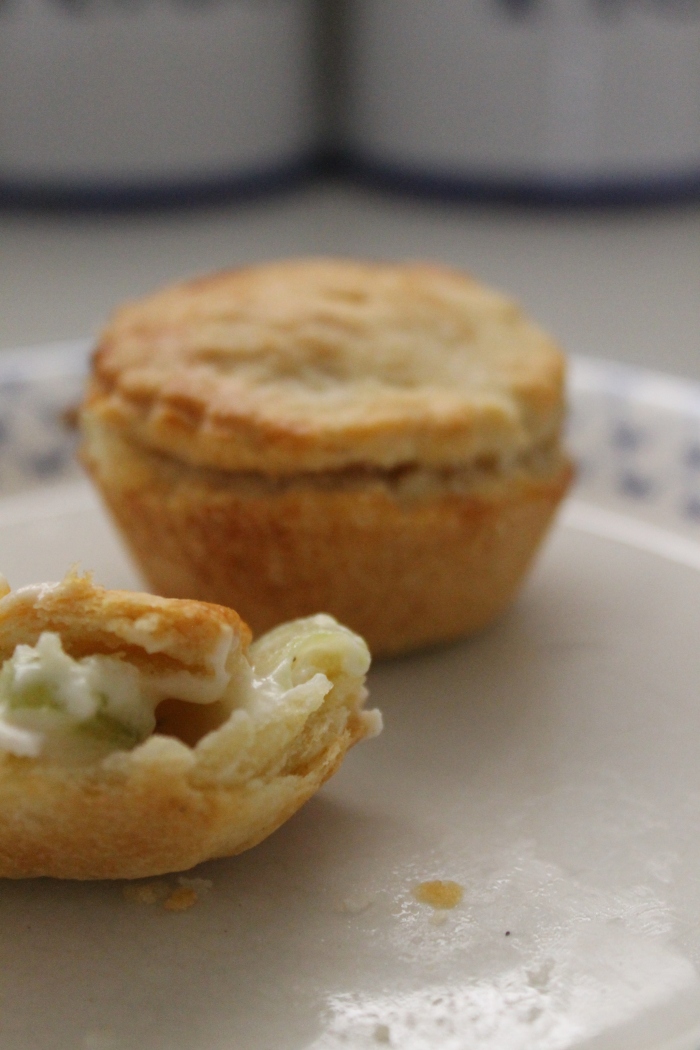 The Round-Up
The Round-Up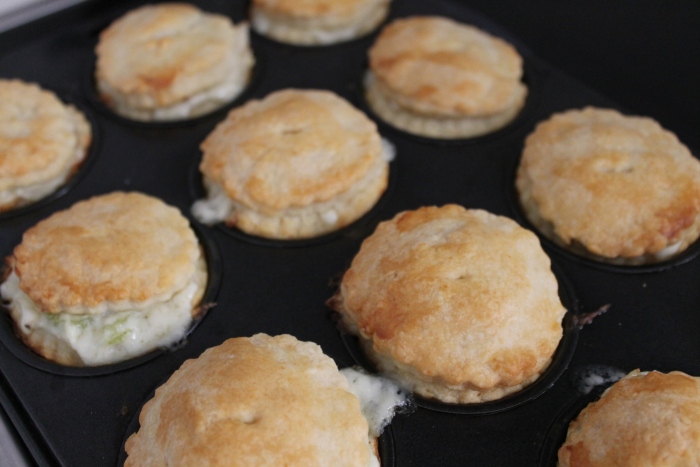
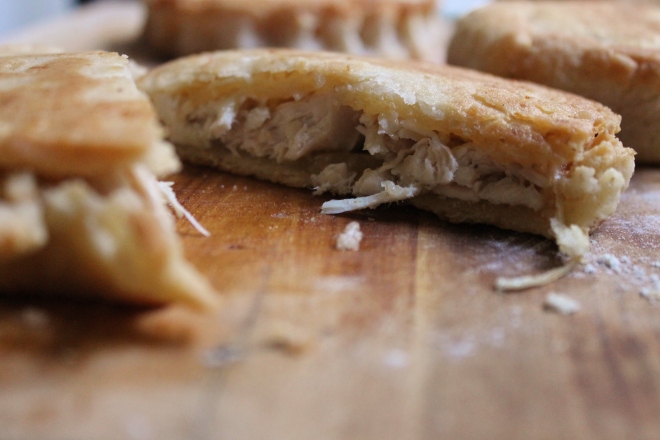
![A page from Ulrich von Richental's 15th century The Chronicle of the Council of Constance. Note the oven on wheels, that's real fast food! See page for author [Public domain], via Wikimedia Commons](https://turnspitandtable.files.wordpress.com/2015/06/konstanzer_richental_chronik_pastetenbaecker.jpeg?w=660&resize=660%2C892)
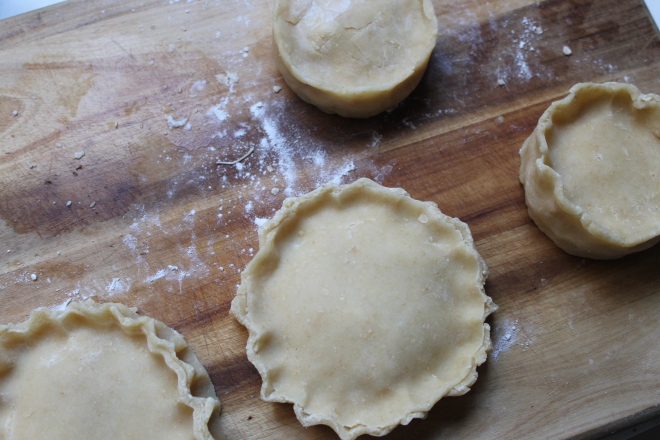
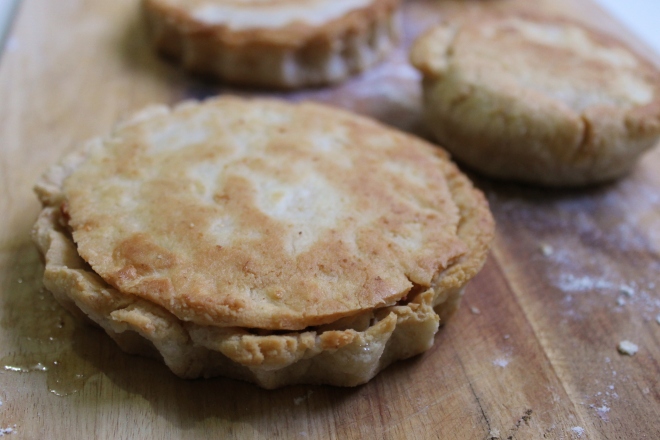
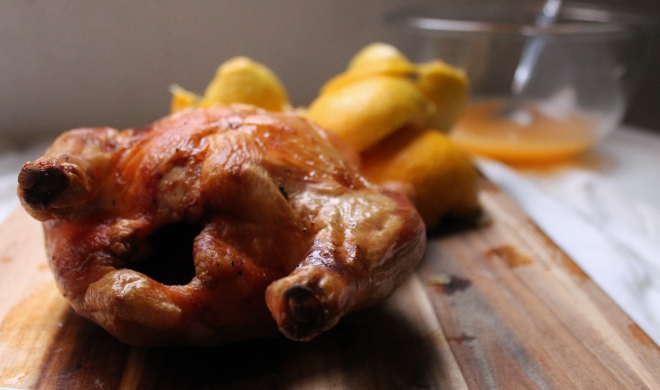
![By Franz Eugen Köhler, Köhler's Medizinal-Pflanzen (List of Koehler Images) [Public domain], via Wikimedia Commons](https://turnspitandtable.files.wordpress.com/2015/05/citrus_aurantium_-_kc3b6hlere28093s_medizinal-pflanzen-042.jpg?resize=473%2C577)
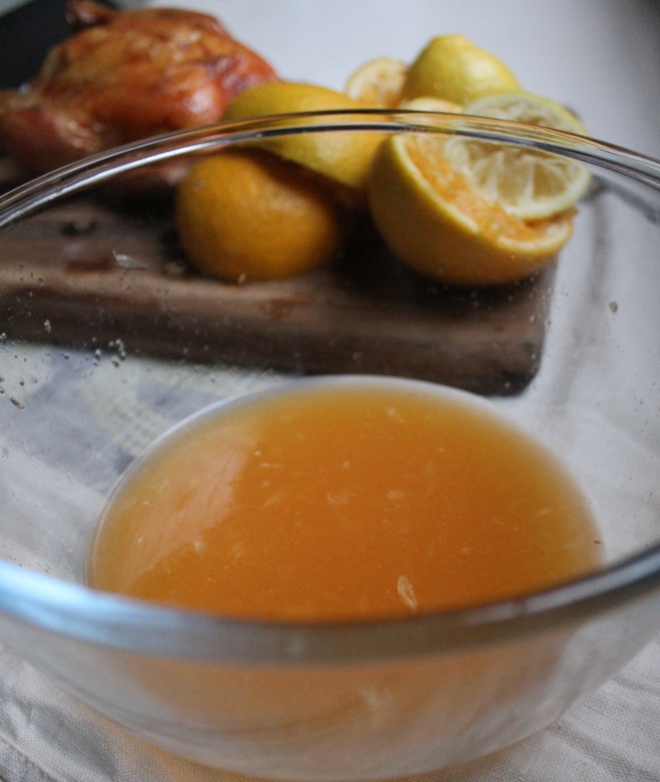
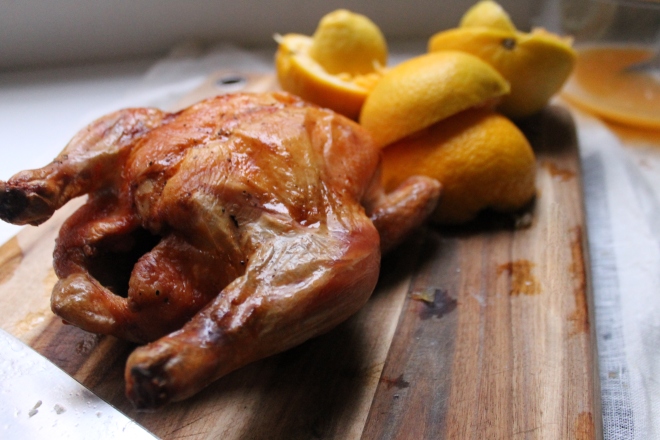

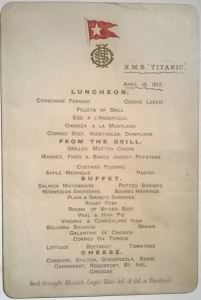
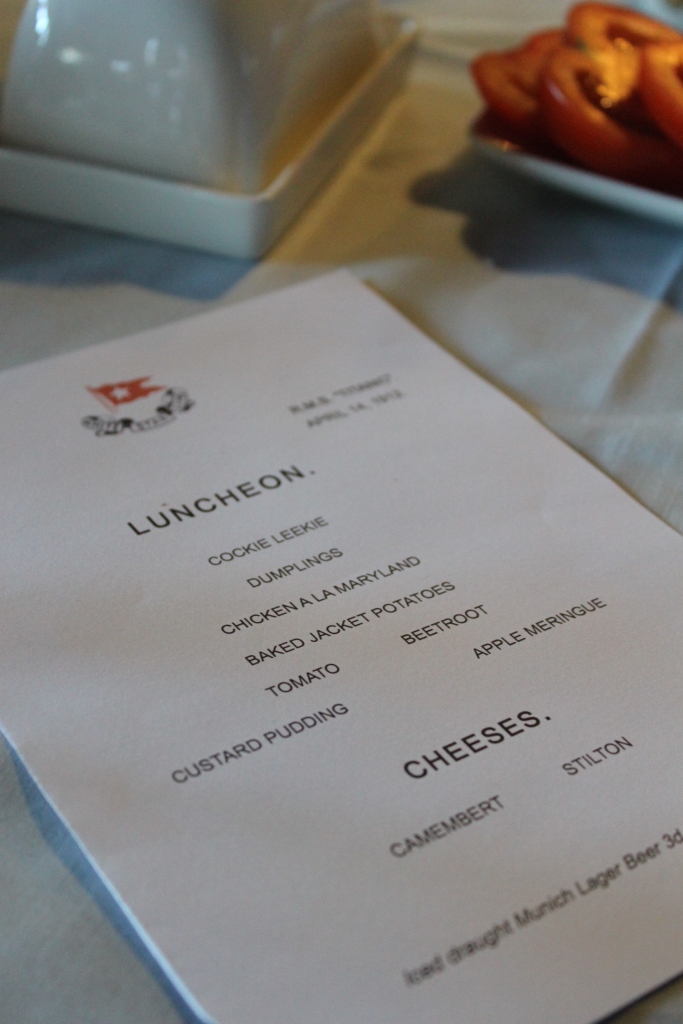
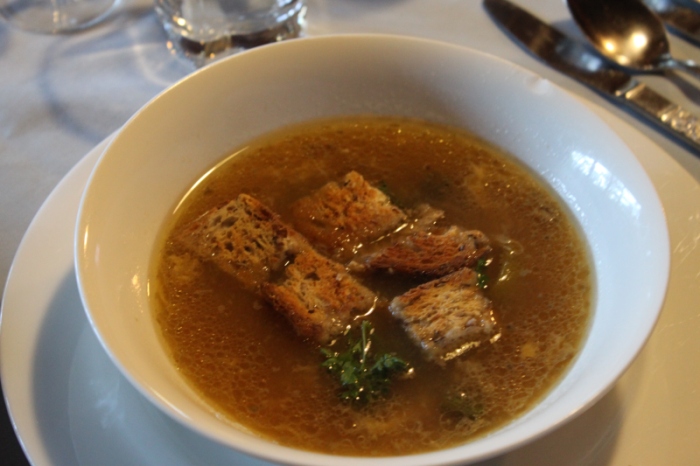
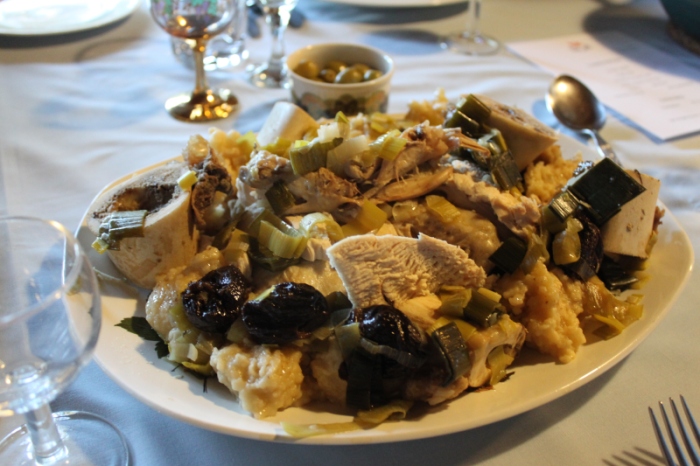
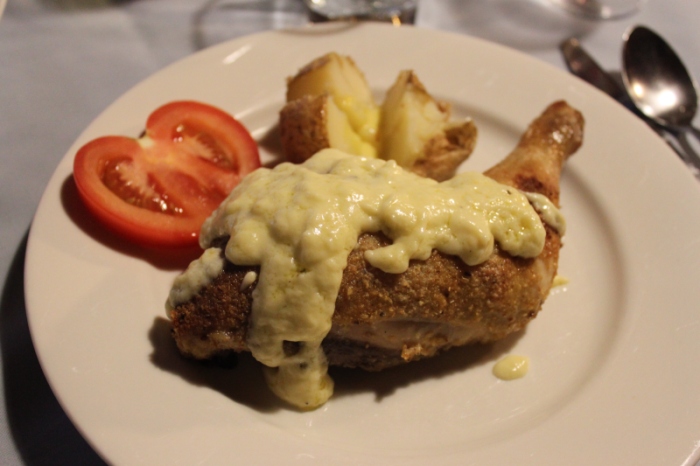
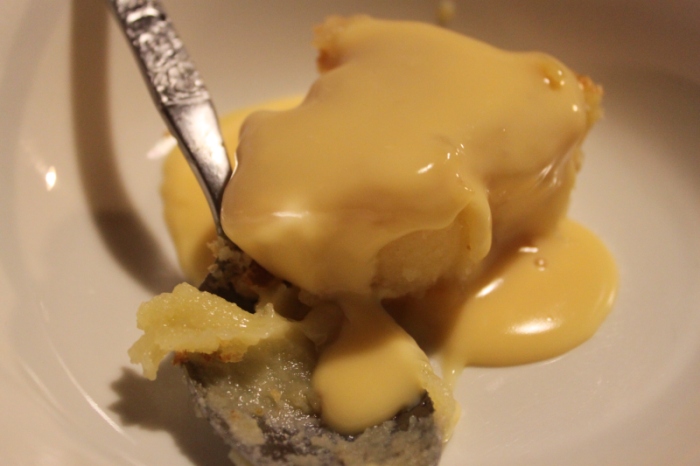
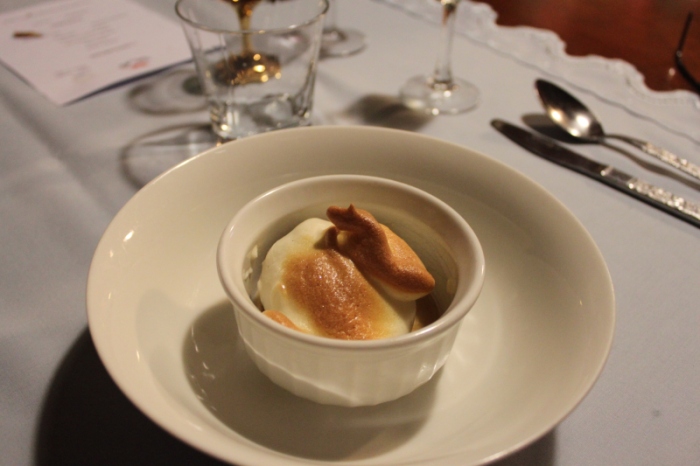
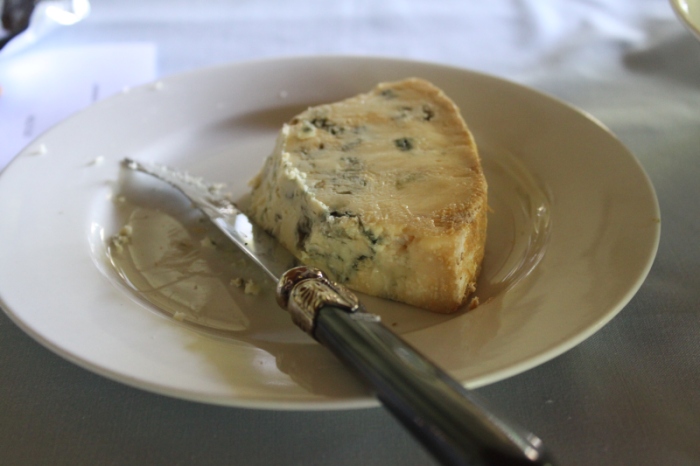

![Henry IV. Anonymous [Public domain], via Wikimedia Commons](http://turnspitandtable.files.wordpress.com/2014/06/henry_iv_of_navarre.jpg?resize=353%2C600)
![Gabrielle d'Estrées, Mistress of Henry IV of France. By Benjamin Foulon or Maître IDC, 1594-1596 [Public domain], via Wikimedia Commons](https://turnspitandtable.files.wordpress.com/2014/06/gabrielledestreesfoulon1594.jpg?w=209&resize=209%2C300)
![Pieter Claesz, Still LIfe with Salt Tub, c. 1644. Pieter Claesz (1597/1598-1660) [Public domain], via Wikimedia Commons](https://turnspitandtable.files.wordpress.com/2014/06/pieter_claesz-_008.jpg?w=800&resize=700%2C835)
